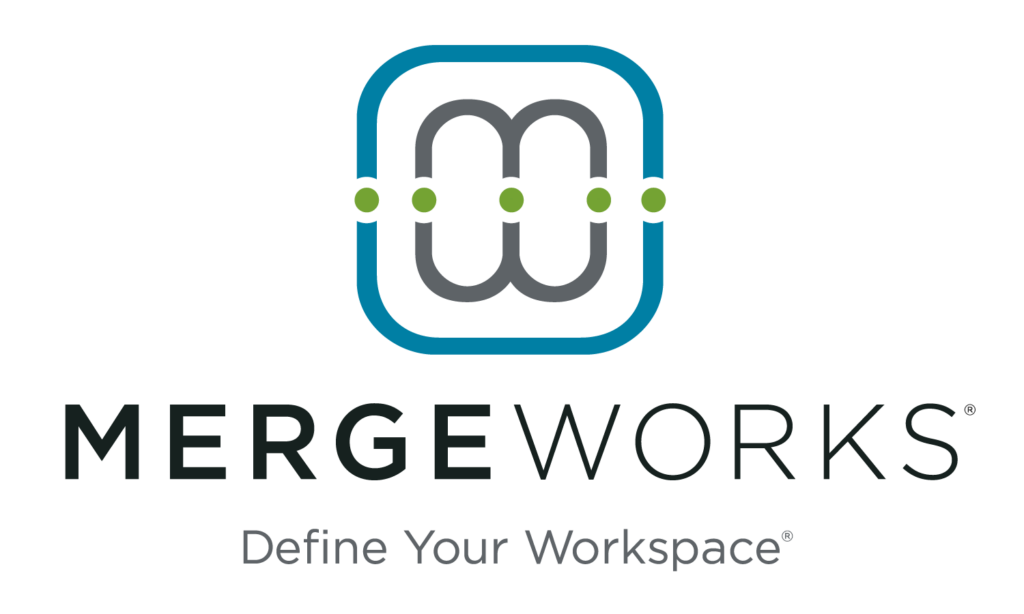COVID-era repayment and interest moratoriums on student loans are ending. If you’re an employer, you no doubt have employees who are affected (you may be personally affected as well). Here are some insights on how employers can help while receiving tax breaks in the process.
Acknowledge the Situation
Repayment requirements start in October, but interest starts accruing again on September 1. Forbes Columnist Janet Novack and Forbes Contributor Adam S. Minsky paint a vivid picture of what many loan payees will experience:
There are flexibilities in place for this first year to help reduce delinquencies, defaults, and other negative consequences associated with missing payments, but they aren’t without their snags.
“Borrowers are already encountering significant problems with online applications, loan servicing, and accessing key benefits. While there is still time for some of these issues to be resolved, this does not bode well for millions of borrowers simultaneously returning to repayment after such a long moratorium — something which has never happened before,” Minsky writes.
The Department of Education was advising borrowers to start completing a very long checklist of tasks by the end of August including verifying your current loan servicer, updating your contact information, and enrolling or re-enrolling in auto-debit.
The first thing employers can do is acknowledge that many of their workers could be under more stress than usual while they figure out a plan or realize they weren’t prepared for the change. We’ve heard of employers sponsoring student loan clinics, preparing a packet of resources, and even giving workers a couple of extra hours off this fall to figure things out.
Student Loan Support as a Benefit
The Consolidated Appropriations Act includes an update for employers seeking a tax break for employee student loan assistance. As the U.S. Chamber of Commerce outlines, through December 31, 2025, employers can give each employee $5,250 per year in tax-free student loan assistance under a Qualified Educational Assistance Program. “This annual amount is considered separate from an employee’s regular wages, but payments beyond this may be subject to payroll taxes,” the U.S. Chamber advises. Organizations like the Society for HR Management (SHRM) are pushing Congress and state legislators to expand this tax break for employers but, for now, this is the threshold.
The tax break isn’t new, but as CNN Business points out, a pandemic change made it even more tax-friendly.
“While companies have been allowed to offer such benefits for years, it’s only since March 2020 that lawmakers have let employers offer those tax-free subsidies to offset the payment of principal and interest on their workers’ federal and private student loans,” the publication states.
By 2021, the Employee Benefit Research Institute found that 17% of employers offered some type of loan assistance, and another 31% planned to do so in the next year or two. Studies show that offering student loan support can be a worthy employee benefit. More than half (54%) of workers ages 18 to 24 prefer student loan payment assistance over more traditional benefits such as a 401(k) match, according to a Lending Tree survey.
The U.S. Chamber identifies several popular types of student loan payment assistance used by employers:
- Employees can “cash in” unused PTO or vacation time and apply it to their student loans rather than carrying it over to the next year. (Here’s an example.)
- Matching contributions to student debt much like you would with a 401(k) program.
- Lump it upfront into a signing bonus as an added incentive.
- Offering recurring payments directly to the lender or to an employee via a monthly check.
Experts point out another option: Offering a match into a retirement plan when the employee makes a student loan debt payment, ensuring that workers paying down their debt aren’t missing out on retirement perks.
“Beginning in 2024, employers can opt to count your student loan payments the same as they would your contribution to the company’s 401(k) plan, for the purposes of providing an employer 401(k) match,” Novack explains.
It’s worth investigating with your tax and benefits advisors not only because it can help you take advantage of tax breaks, but it may also help you improve your recruiting and retention efforts. Feel free to contact us with questions.















